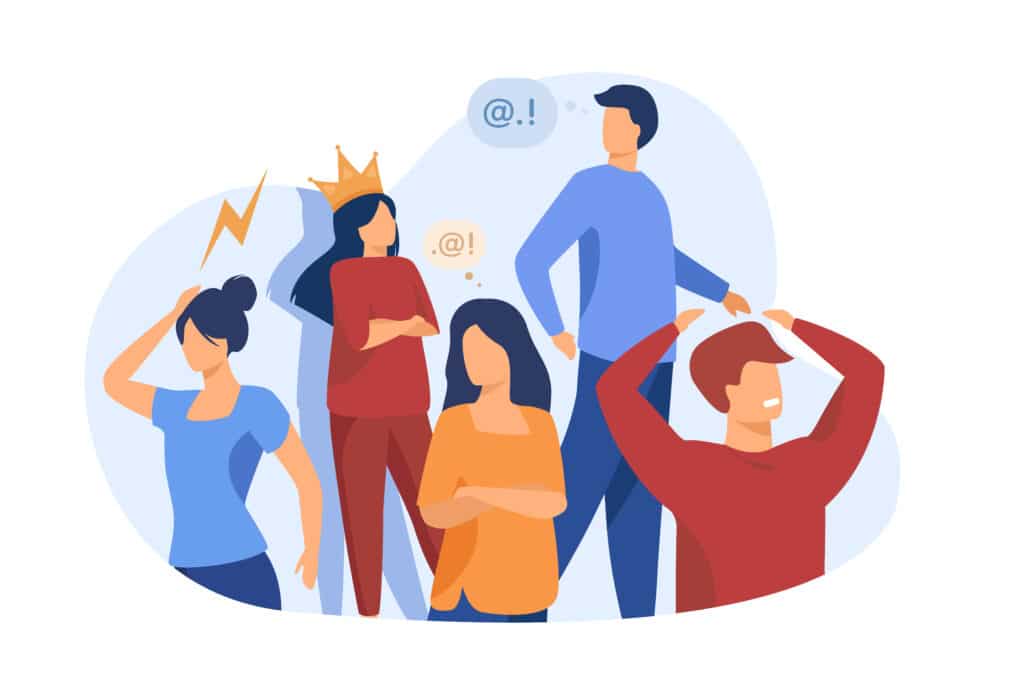Behavior Design, also known as Behavioral Design, is an approach that combines principles from psychology, human behavior, and design to create products, services, and systems that influence user behavior in specific ways. It aims to design products and experiences that encourage users to take desired actions or adopt particular behaviors.
The concept of Behavior Design was popularized by B.J. Fogg, a researcher and psychologist from Stanford University. Fogg’s Behavior Model, commonly referred to as the Fogg Behavior Model, forms the foundation of Behavior Design. The model proposes that for a behavior to occur, three elements must converge at the same moment:
Motivation (M): Users must be motivated or sufficiently incentivized to perform the behavior. Motivation can be influenced by intrinsic factors (personal desires, emotions) or extrinsic factors (rewards, benefits).
Ability (A): Users need to have the ability to perform the behavior. This includes having the necessary skills, time, and resources to complete the desired action.
Prompt (P): Users require a prompt or trigger to initiate the behavior. Prompts can be explicit (clear instructions or calls-to-action) or implicit (environmental cues).
According to the Fogg Behavior Model, if any of these three elements are missing, the behavior is unlikely to occur. Therefore, designers can influence behavior by either increasing motivation, simplifying the task’s ability, or providing effective prompts.
Behavior Design can be applied to various fields, such as technology, marketing, healthcare, and education, to create products and experiences that lead to specific behavioral outcomes. Examples of Behavior Design in action include:
Designing a fitness app that provides motivating rewards (motivation) and easy-to-follow workout instructions (ability) to encourage regular exercise (behavior).
Creating an e-commerce website with a prominent “Buy Now” button (prompt) and simplified checkout process (ability) to increase the likelihood of completing a purchase (behavior).
Designing a habit-tracking app that offers social recognition and positive reinforcement (motivation) for consistent usage (behavior).
By understanding user motivations and behaviors and aligning design elements to support those goals, Behavior Design can help create more effective and engaging user experiences while encouraging desired actions and behaviors.


Leave a Reply